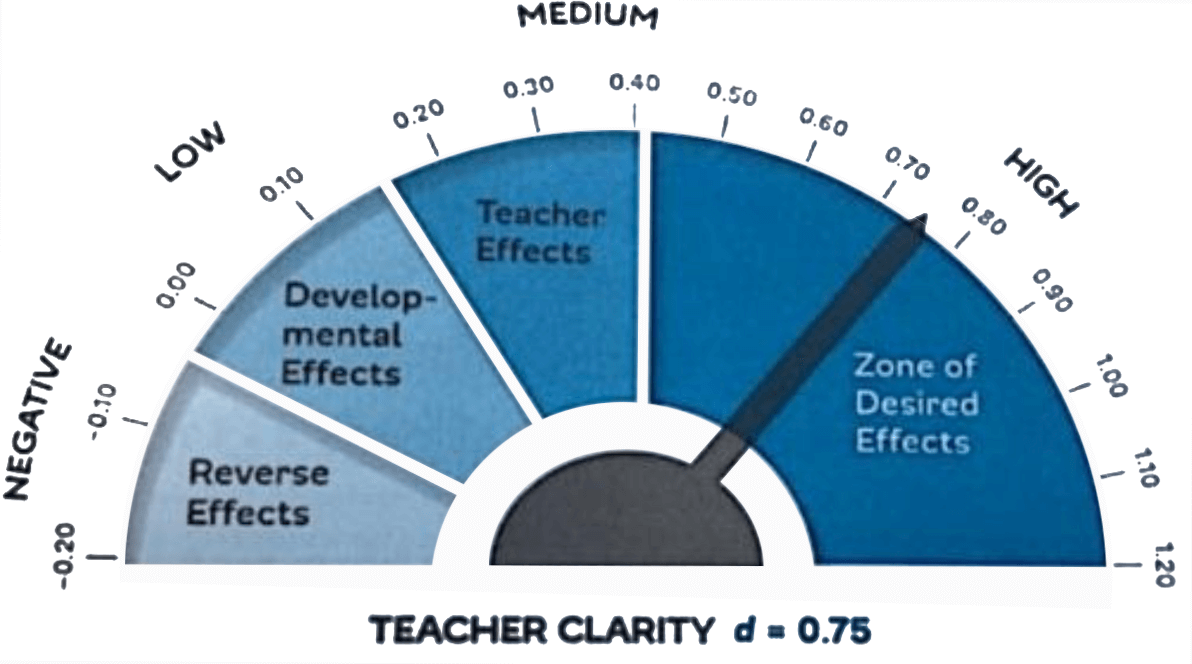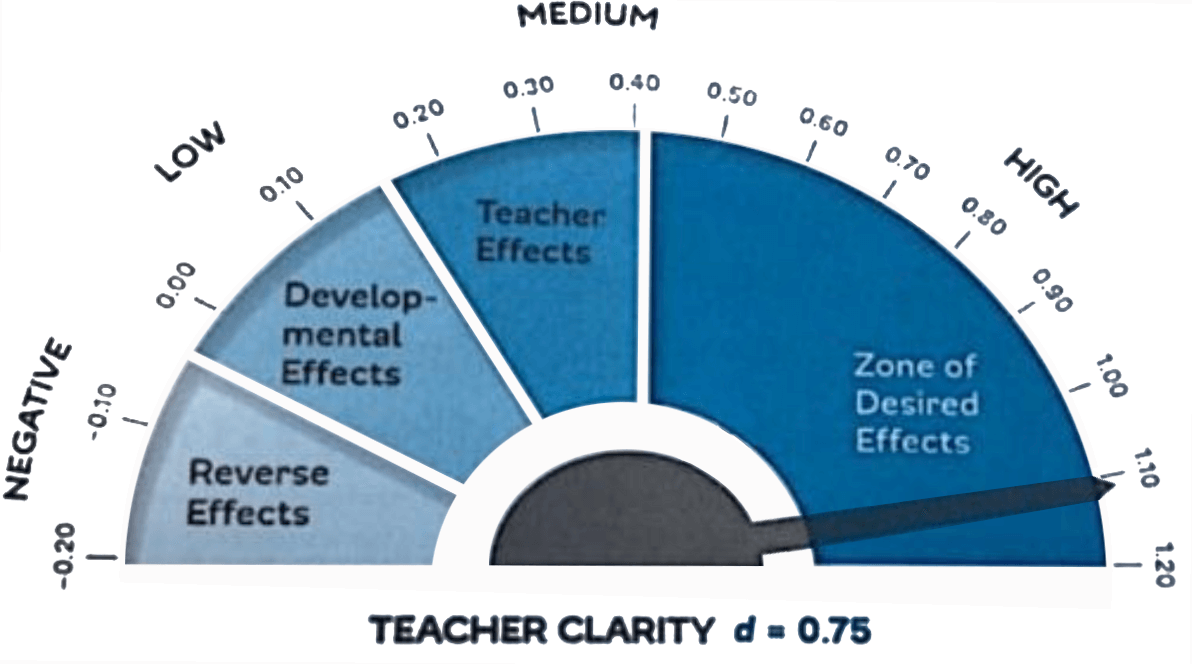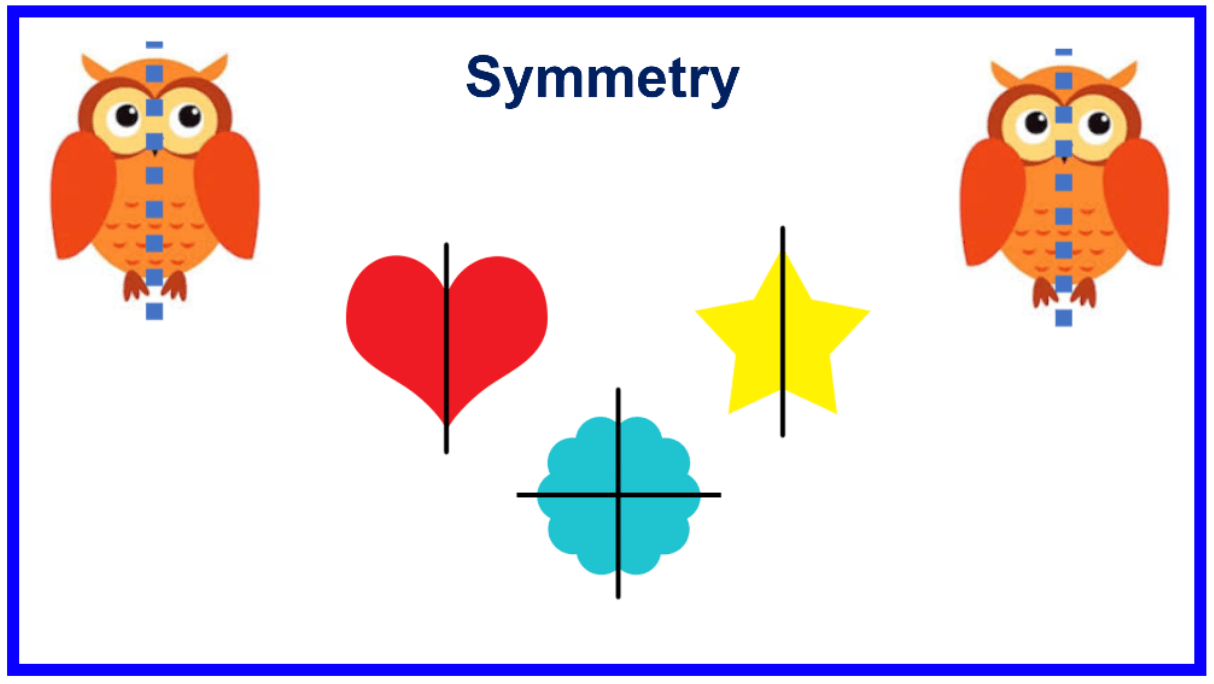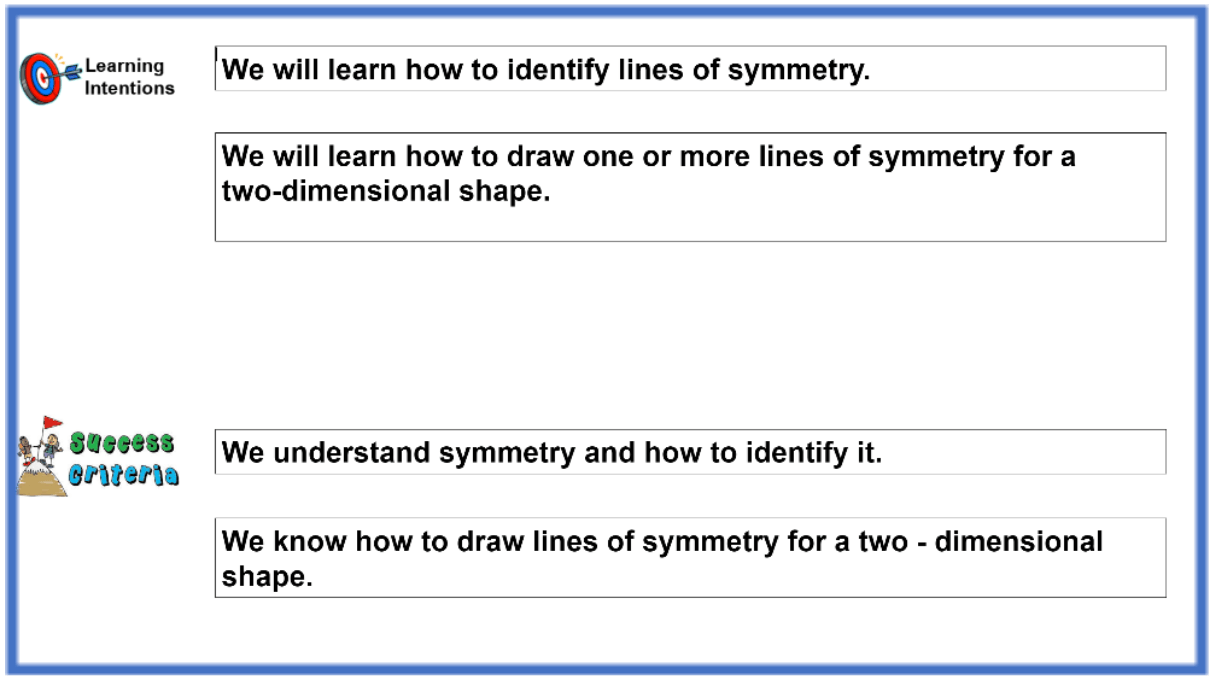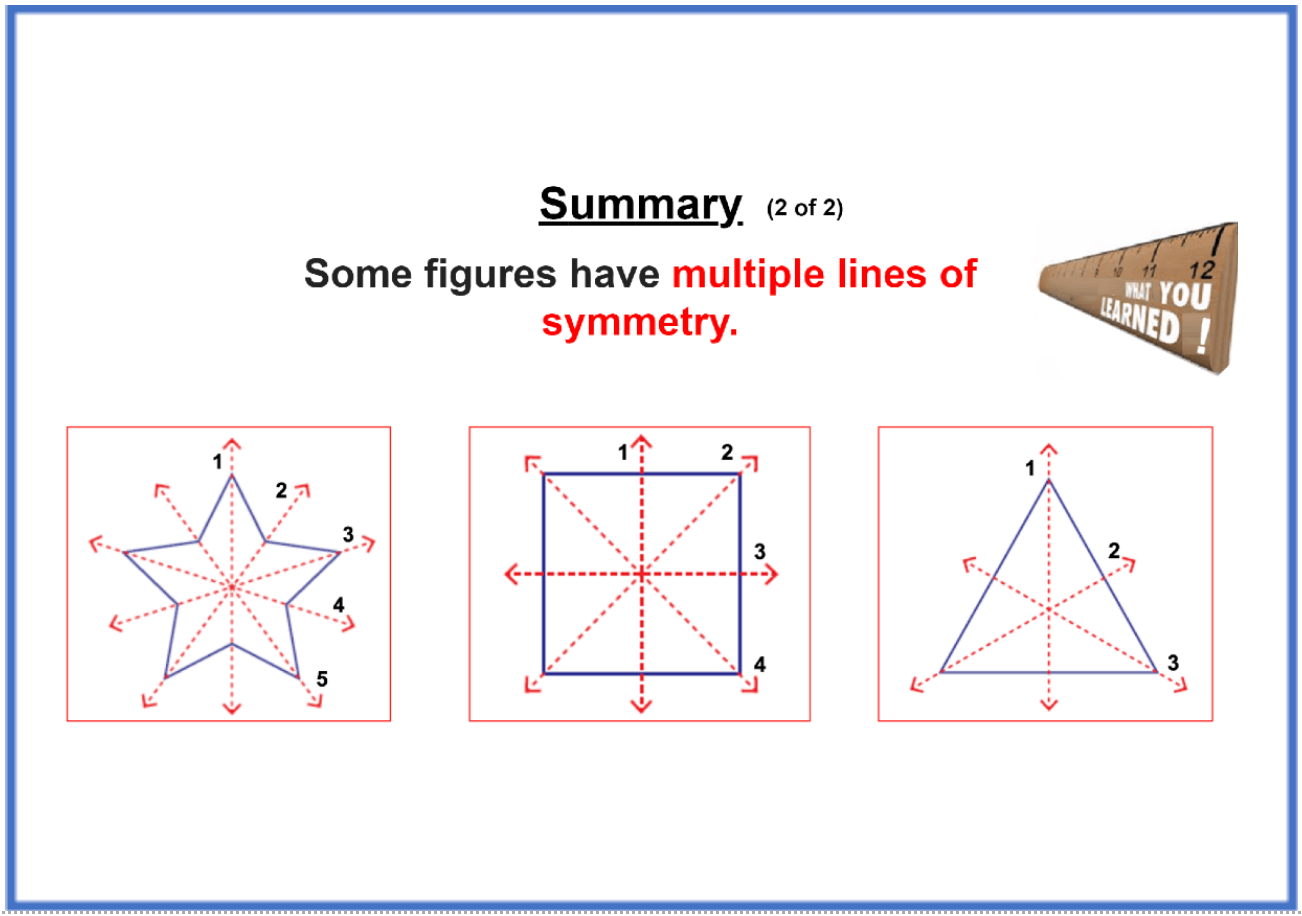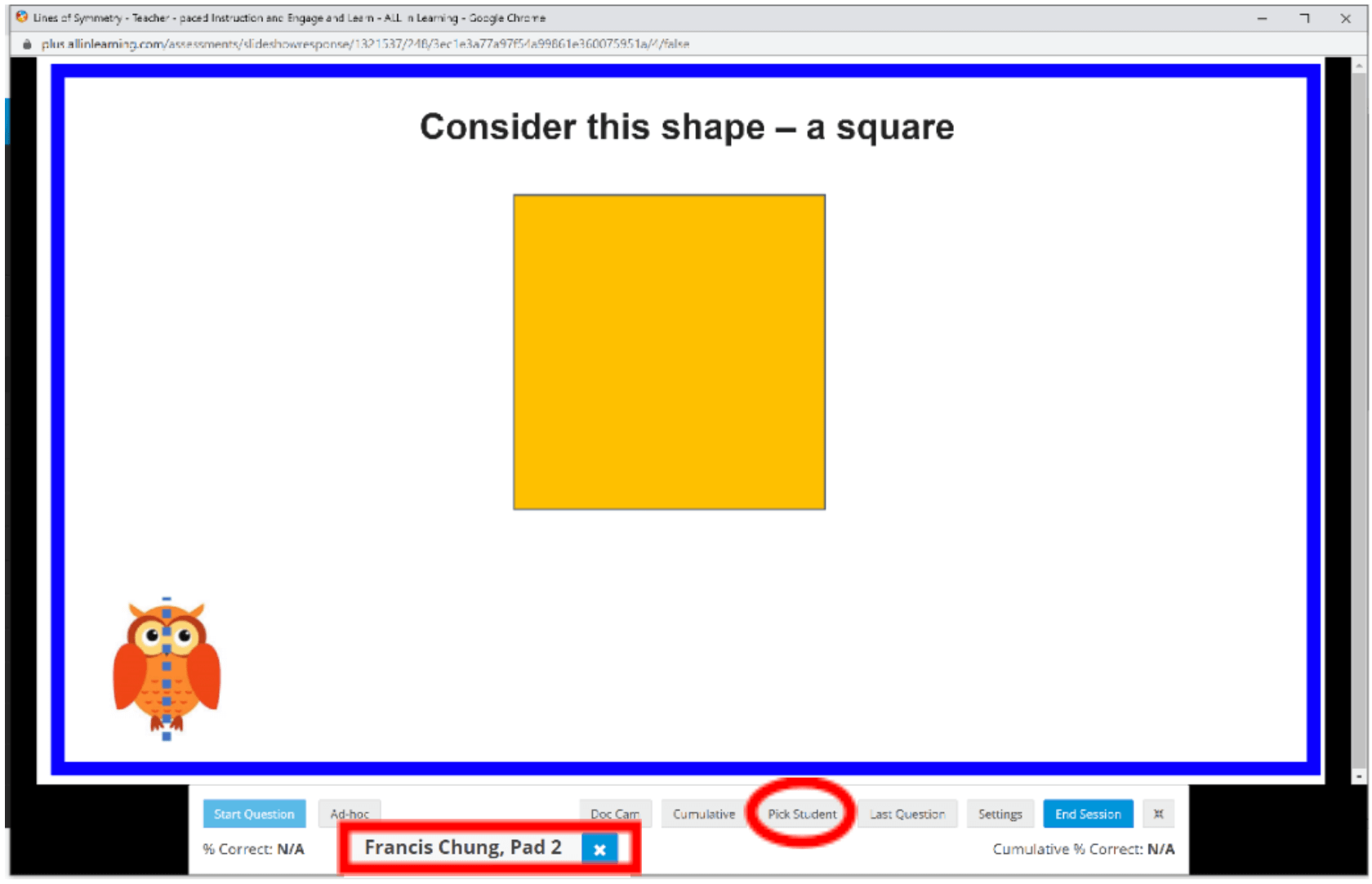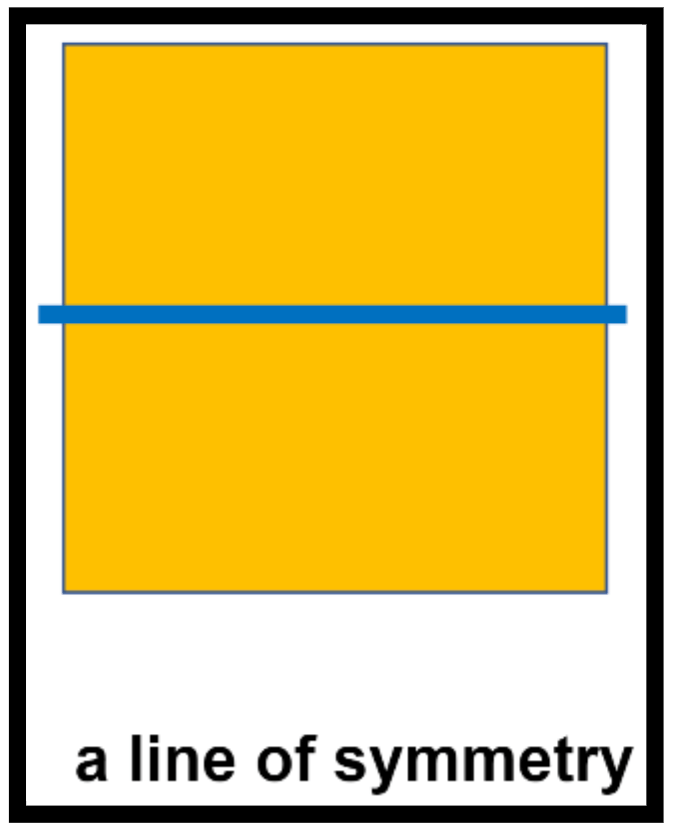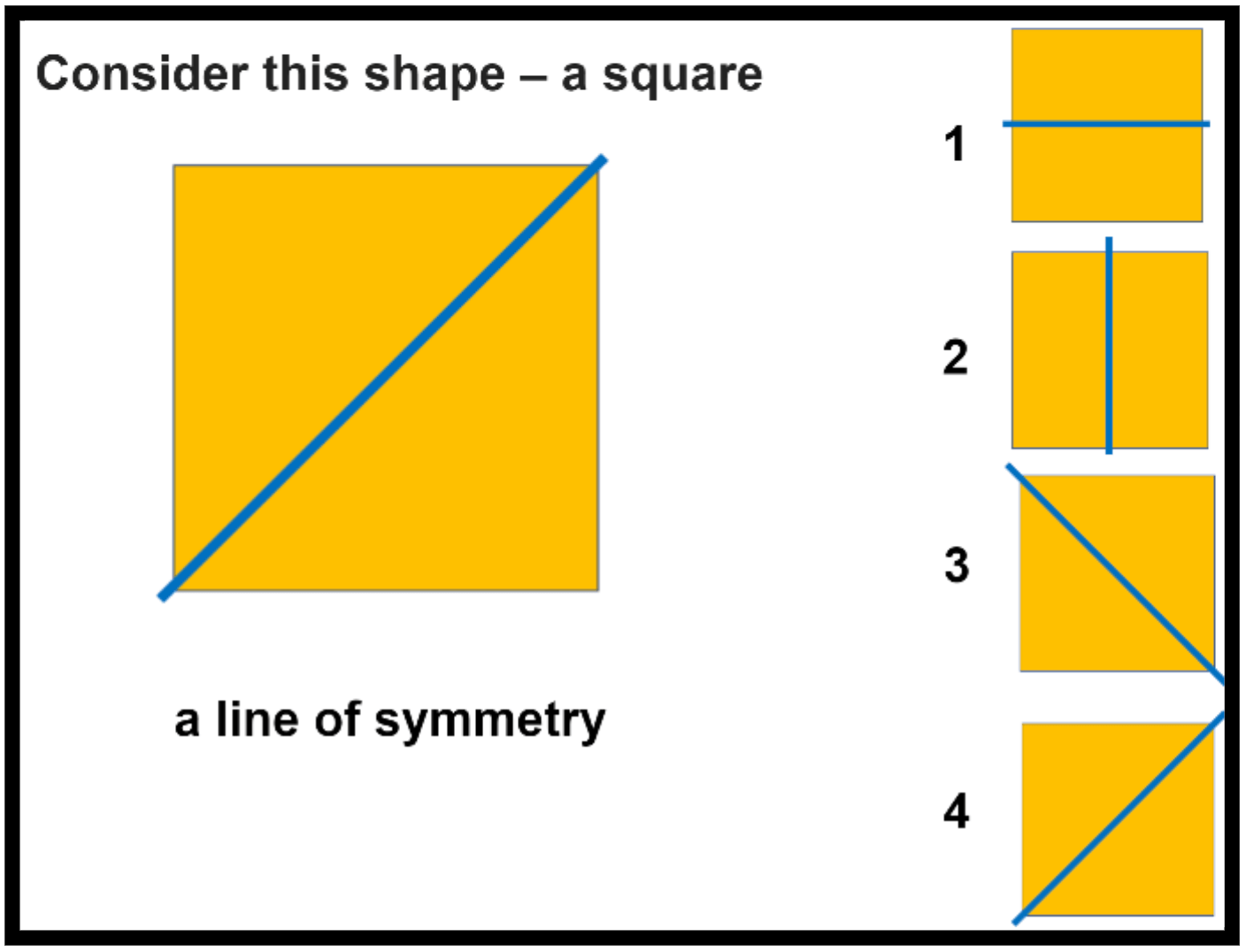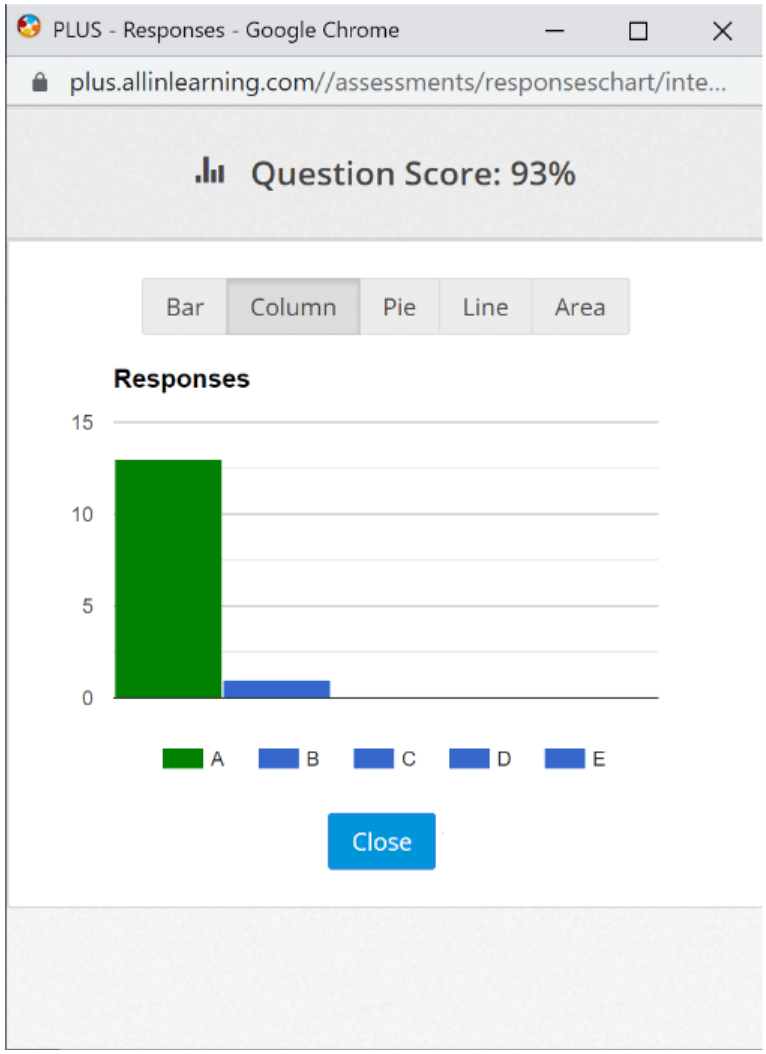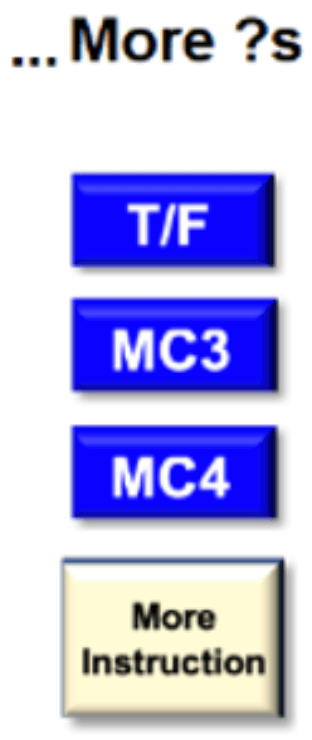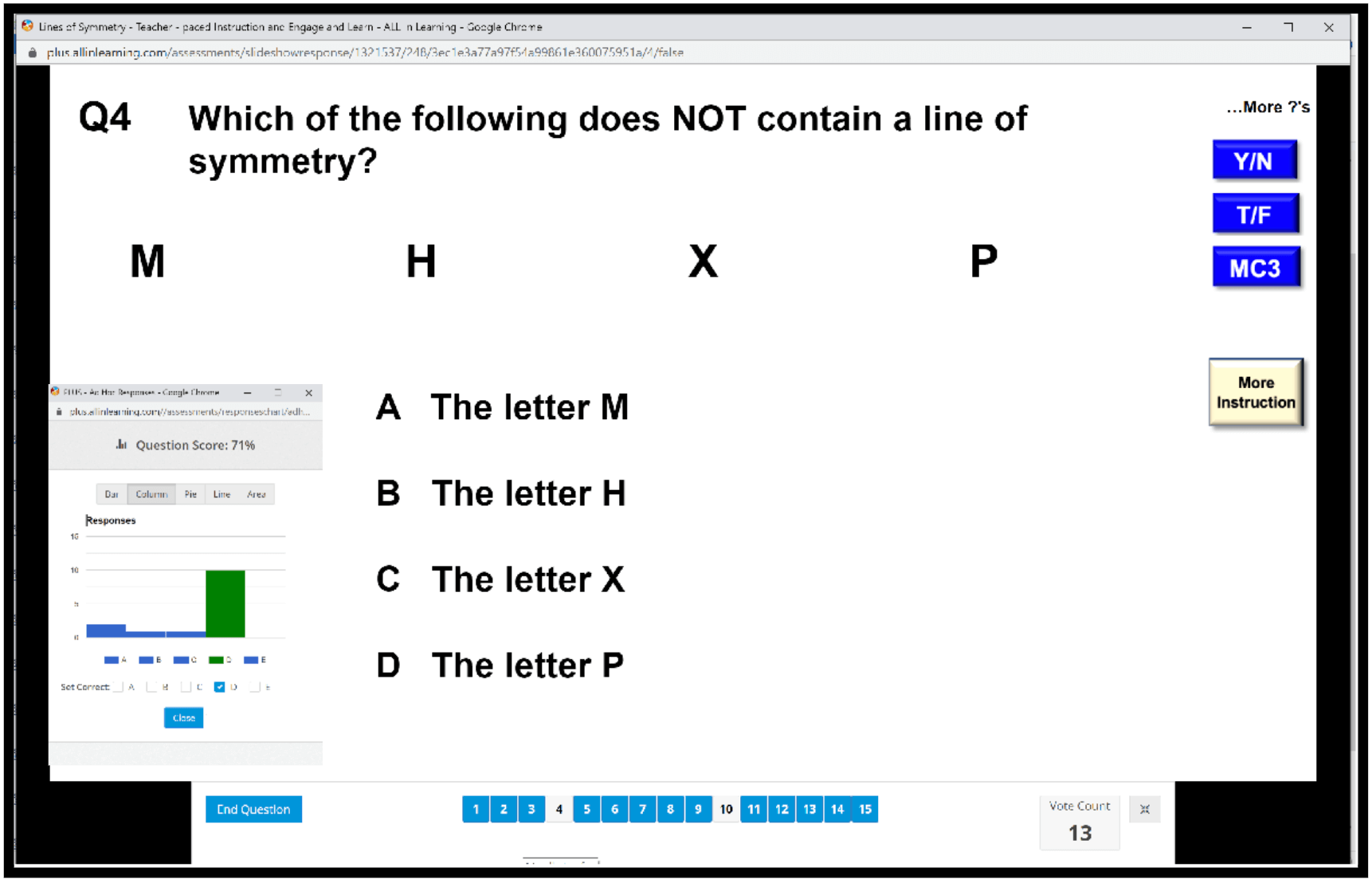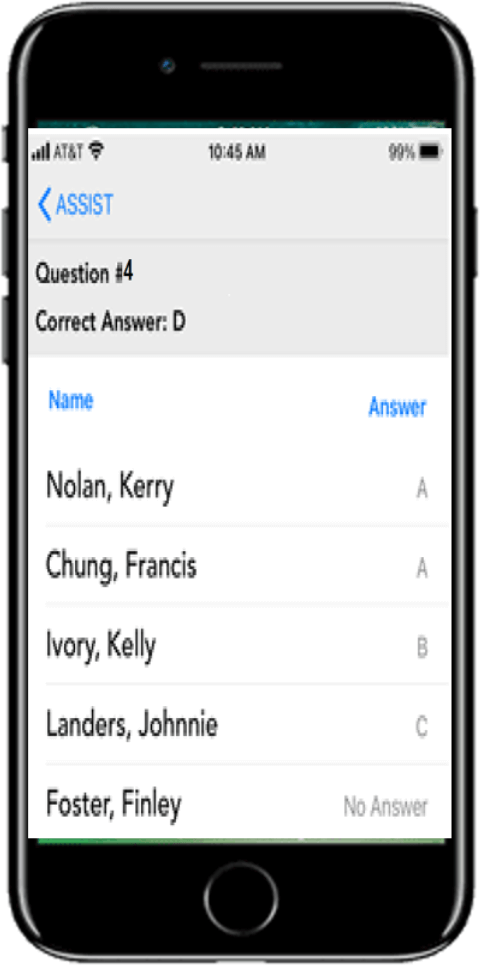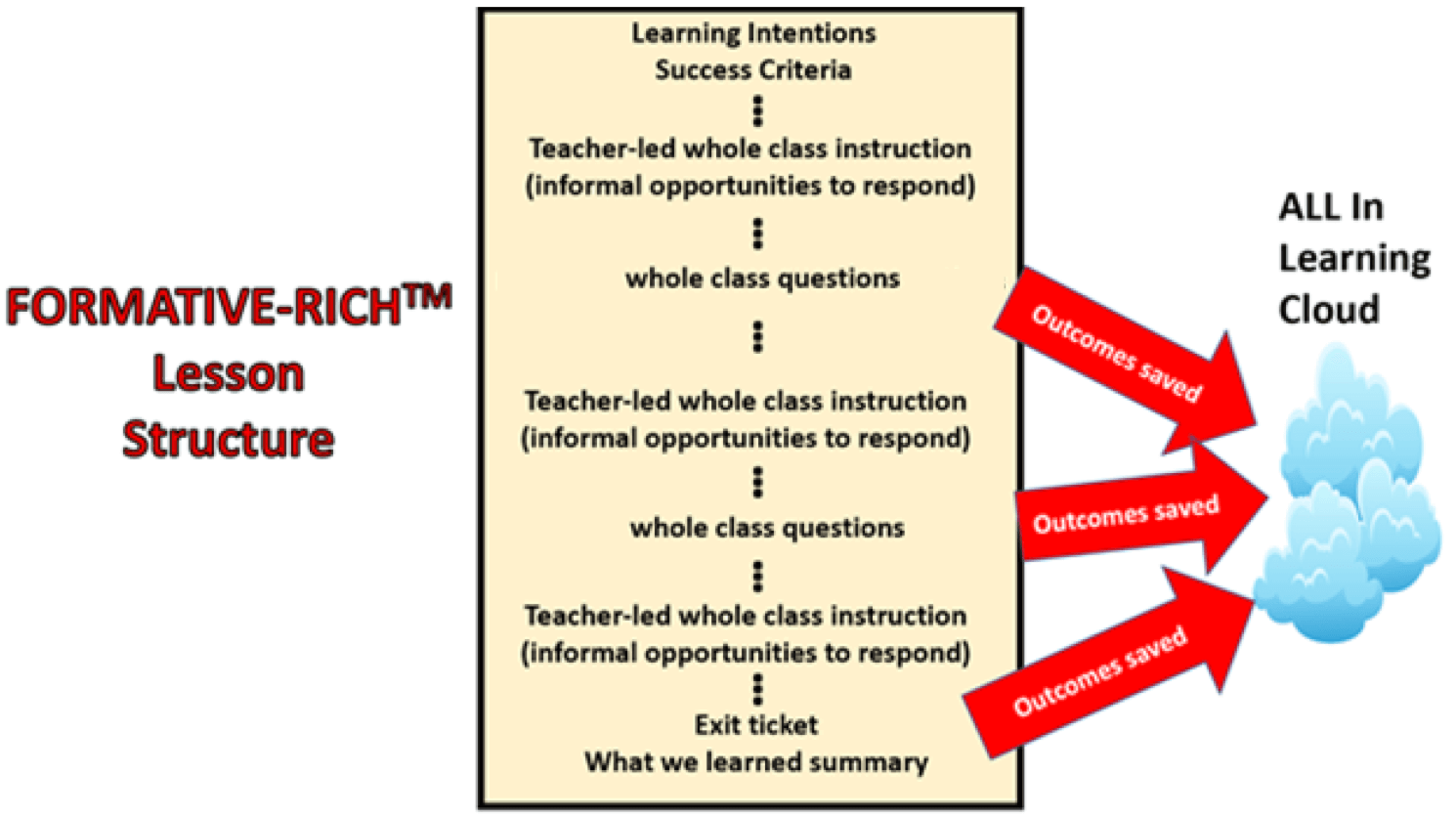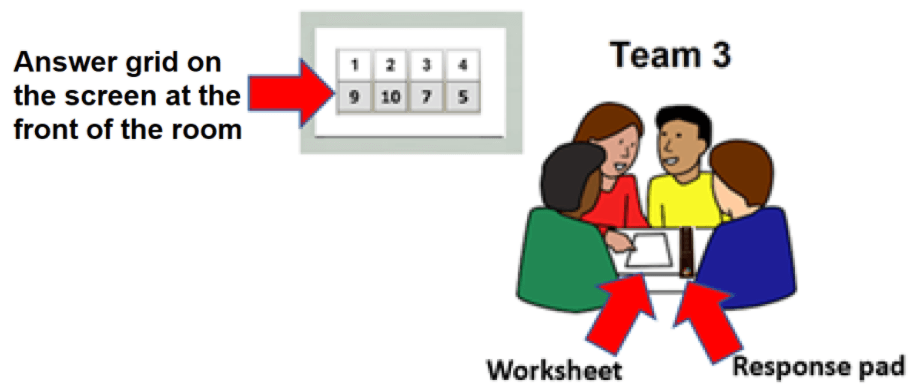FORMATIVE-RICH™ Elementary Math Lessons – a Learning Gap Closer and Beyond!
By Darrell Ward, PhD, and Holly Sutton
Abstract
This article describes a set of mathematics lessons for elementary students, pre-K through 5th grade. These lessons contain unique and effortless teacher activities and support that we believe can rapidly close the pandemic-created student learning gap in young mathematic’s learners. Additionally, they provide the basis for student learners to grow continuously throughout their careers as owners of their learning. These lessons are not only unique in that they deliver graphically designed situational engagement with many opportunities for students to respond. They provide continuous assessment opportunities with exceptional teacher feedback scenarios and a variety of timely reports. Additionally, they can be used in a variety of ways. They can be used as collaborative learning, self-paced instruction, and parental involvement via a student portal. It is vitally important that instruction, engagement, assessment, student effort and feedback rise again in the teacher-centered classrooms. It is also important that schools provide a solution for the learning gap created by the pandemic. We seek to transform this tragedy into an opportunity to renew our commitment to solid in-class FORMATIVE-RICH™ activities proven to raise student achievement levels.
Learning Intentions and Success Criteria
Learning intentions describe what it is that we want students to learn, and their clarity is at the heart of formative assessment (See Hattie 2012). As John Hattie points out in his research, teacher clarity (a deep understanding of what a teacher is teaching) is a real winner as it is well to the right of the .4 size effect “hinge” point” . Right of .4 indicates a significant positive impact on student achievement.
The work of John Almarode and Kara Vandas (2019) greatly expand on teacher clarity and its impact on student learners. They define five essential components of clarity for both teachers and students:
- Crafting learning intentions and success criteria
- Co-constructing learning intentions and success criteria with learners
- Creating opportunities for students to respond (formative assessment)
- Providing effective feedback on and for learning
- Sharing learning and progress between students and teachers
Additionally, they define assessment-capable learners. These are learners that
- Know what is to be learned
- How they are progressing
- What they need to learn next
Notice the increase in Hattie’s effect size as learning is taken control of by the learners. The impact is quite impressive; thus, we will focus on creating assessment-capable learners by supporting the major clarity points and partnering those concepts with technology that will further expand the capabilities of teacher clarity.
Every lesson in our elementary mathematics suite is preceded by an initial title of the lesson and a descriptive graphic. This is followed by a slide providing the statement(s) of Learning Intentions and Success Criteria. All our Pre-K through 8th grade math lessons are constructed in PowerPoint; thus, teachers may modify lessons for their specific classroom needs. Here is an example introduction slide and subsequent Learning Intention and Success Criteria introduction to a lesson on Symmetry.
Each lesson is terminated by a set of slides that reflect the results of the lesson with a “what we learned” summary. Here is the “what we learned” from the Symmetry lesson.
Opportunities to Informally Respond
The instructional component of the lessons is designed to be rich in informal student engagement opportunities (student Opportunities To Respond – OTR,s). These are described in detail by Siobhan, Lyon, Thompson and Wiliam (2005). Our lessons integrate a variety of their techniques to engage students during an instructional lesson.
Our lessons and technology are sequenced to provide teachers with optional OTR points throughout. Additionally, we provide the teacher with a tool to randomly select a student or student team to engage. This tool allows the teacher to reduce the scenario in which one or more students dominate the classroom interactions. All these OTR points are optional, and the teacher can proceed through without utilizing them as they evaluate their value for the class.
The student or student team selection is controlled by a single click of the button shown below.
Example
Consider this slide and suppose you wish to ask a student or student team the question:
How many lines of symmetry do you see in this object?
You can Click the button (circled in red) to randomly select a student or student team in your class. In this case, Francis Chung or Francis’s team is chosen (shown in box outlined in red).
The teacher can provide immediate feedback to Francis or her team and the class by revealing the lines of symmetry one by one until all four lines are shown.
The FORMATIVE-RICH™ instruction is sequenced throughout to provide opportunities for students to informally respond. The randomness provides an equitable allotment of the questions to the class. The objective is to generate student engagement and encourage involvement. If clarity of instruction is lacking, these informal engagements will reveal the lack of clarity within the instruction.
Educators agree that engaging all students during a lesson is essential to learning. Siobhan, Lyon, Thompson, & Wiliam (2005) suggest using popsicle sticks with names on them to randomly identify students or teams to engage. With technology, it’s as simple as clicking a button to identify individual students or teams.
Opportunities to Formally Respond
Informal OTR’s do not result in the recording of the outcomes. Formal opportunities in our FORMATIVE-RICH™ lessons do record each of the student’s responses. This provides a data rich trail of all students that is captured effortlessly during teacher-led instruction within the lessons. We provide assessment points where teachers can optionally provide questions to detect student progress up to that point.
The example below shows the entry to each set of assessments. The entry question is always a simple Yes/No question which should provide all students the opportunity to show understanding. Then, based on the teacher’s evaluation of the instruction and student outcomes, additional whole class questions are available to further strengthen or assess the initial student responses.
Below is the initial Yes/No question in the Symmetry lesson.
We can see that 14 of the 15 students responded (student 10 was absent or chose not to respond).
With our student response technology (student response pads and/or student devices), all students can respond devoid of peer pressure and potential embarrassment. Siobhan L., Lyon C., Thompson M., & Wiliam D. (2005) suggest dry erase boards or A, B, C, D cards, both of which have some major drawbacks:
- First and foremost, data cannot be recorded for subsequent sharing of student progress.
- Student embarrassment is a major concern as students have access to other student’s answers which produces undue pressure in the classroom.
- Processing the data from 25 students holding up handwritten results or cards may be difficult at times for teacher providing only marginal outcome.
The use of student response pads to enhance the learning process and to specifically foster engagement during whole class instruction has been well documented by Radosevich, Salomon, Radosevich, & Kahn. (2008). Either student response pads and/or student devices will eliminate the above concerns making the OTR rather effortless for students and teacher.
Upon termination of the time allocated for the students to respond, the teacher is provided results of the question as shown below:
Notice that each lesson provides a sidebar of assessments that are optionally available. These are denoted below and are clickable.
So, basically at each assessment point, the teacher has four questions available to provide opportunities for students to respond and for teachers to provide effective feedback. Our FORMATIVE-RICH™ lessons typically provide two or three of these multiple assessment opportunities per lesson, and a lesson will cover a specific standard, like symmetry.
We provide private data to the teacher via their smartphone, providing the specifics for each student participating in each of the assessments that are activated in the class session.
Consider the MC4 question below:
We can see how the class performed via the bar chart in the lower left corner of the slide, but we also have private data on our smartphone as shown below.
We see the 2 students that responded A, the student that responded B and the student who responded C. Also, we see the student that didn’t respond.
The more time devoted to opportunities to respond, the higher the student achievement rises (Black and Wiliam, 1998; Hattie, 2009, 2012; Marzano, 2007). Here is how we address this crucial instructional initiative. Each set of 3 dots indicate continued instruction occurring with informal opportunities to respond opportunities.
The whole class questions utilize student response pads and/or student devices and can be deployed in a hybrid mode with students at home using student devices. In class, students can be using a combo of student devices and student response pads.
FORMATIVE-RICHTM lessons live in the ALL In Learning cloud but have attached PowerPoint copies that can be downloaded to a teacher computer if needed. Of course, the lessons can then be customized if the teacher or district so chooses.
The Payoff: Teacher Feedback
Evidence of learning is present in the above FORMATIVE-RICH™ lesson structure. That should serve as the basis for teacher feedback. Teacher feedback is an ongoing activity based on whole class outcomes as well as individual student outcomes. How important is teacher feedback? Hattie’s research pegs teacher feedback with an effect size of .7 which is approximately equal to two years of growth in one academic year (Hattie, 2009, 2012; Almarode and Vandas, 2019).
Timing is a key factor in providing effective feedback. We will connect feedback here with whole class instruction; thus, the timing can be almost immediate, and the delivery of the feedback will be universal to all students in the class.
Immediate feedback produces significant gains as learners obtain corrective information in almost real time (Eggen & Kauchak, 2004). It is designed to nurture learning by helping learners close the learning gap. (Almarode & Vandas, 2009). Feedback is always focused on the topic at hand, not the learners that are the recipients of the feedback.
In the example below, a portion of the class did not see the viability of more than two lines of symmetry, so the corrective approach is to show the additional lines of symmetry and to emphasize the non-vertical and non-horizontal lines of symmetry that may exist in some objects.
Feedback is timely and directed to the task at hand, not the learners who missed the additional lines of symmetry. Teacher feedback should frequently include focus on effort. There is nothing wrong with not seeing the additional lines of symmetry, but now learners can, with effort and knowledge from the feedback, proceed successfully going forward.
The Growth Mindset researched and supported by Dweck, (2006) indicates that one can raise their level of achievement through persistence, resilience, and effort. Feedback which includes directives toward those concepts provides a path for learners to follow throughout their learning for life.
Teachers should always search for opportunities, both with whole class and individual learners, to instill these characteristics in the learners’ tool bag. With rich opportunities to respond provided with the math lessons and effective feedback, the growth mindset of learners and achievement progress will flourish.
Hattie’s research (2012) supports that of Dweck, finding that the effect size for effort is .77. Our experiences as teachers also anecdotally support that the students delivering the effort seem to be more successful than those that just “glide along” without the dedication to learning WITH effort.
Small Group Formative Assessment Opportunities
Johnson and Johnson (1975, 1978) have been major proponents of small group and cooperative learning. As the co-directors of the Cooperative Learning Institute at the University of Minnesota, they have been dedicated to raising the level of student achievement through these methods.
Our recommendation is to form small groups of 3-5 students. The learning compatibility of the group must be developed over time by teacher observation. However, it is also important to keep in mind that the groups must be able to cooperate to have a positive learning experience.
Each group is provided with one or more worksheets and one response pad. The screen at the front of the room will reflect the teams by response pad number. It will also reflect the question that each team is current working on. See the picture below:
As you can see in the picture, Team 3 is currently working on question 7 from the worksheet. Once Team 3 has decided on an answer for question 7 they will enter the answer on the response pad, and the answer grid on the screen will update to question 8. The response pad slot will blink blue to indicate that the response has been received. See the picture below.
These small group activities can deliver formative assessment moments as the teacher is immediately provided the outcomes of each group or team upon completion of the activity. Thus, class discussion can proceed based on those small group outcomes with each group providing input on their approach in completing the assessment activity. Classroom discussion sits at a size effect of .82 on Hattie’s scale (2012).
Each of the FORMATIVE-RICH™ math lessons is accompanied by a PDF file of the questions associated with that specific subject or standard. The PDF can be easily printed, and an answer key created. Once the answer key is created, the small group activity can proceed as the teacher can quickly start the answer grid with the team rosters.
After recording the results within the cloud, the standard can be attached, and this can be added to the progress tracking history of that standard. One is not restricted just to the assessment options in our FORMATIVE-RICH™ math lessons. Any set of appropriate math assessment items that can be provided to the teams can be used with the response pads (1 per team) to generate response opportunities. We are believers in providing OTR’s in a variety of ways as well as providing instant feedback. These feedback opportunities promote new learning and allow teachers to praise the effort of their students.
Progress Sharing
Willingham (2009) shares a variety of research on cognition and its application to learning and classrooms. Much of his work is quite applicable to mathematics and the application of a variety of cognitive tools, especially as young learners are progressing.
One of his themes is
“Memory is the residue of thought”
The ability to extract facts from long term memory and integrate them into thinking provides a pathway to learning progress. Memorization of specific facts, practice, and integration into problem solving are clear advantages that can be accrued in young learners.
Willingham clearly states that thinking is slow, effortful, and uncertain. Thus, facts from stored memory and the environment can facilitate the utilization of working memory to deliver positive outcomes. BadderleWy (2007) is the originator of the idea of working memory and how facts, in addition to outside information, are utilized in working memory to impact thinking and problem solving.
FORMATIVE-RICH™ lessons are provided as a primary tool for teachers to provide solid instruction, elicit student responses, and provide feedback. Thus, the fundamental instruction is provided, with efficacy, to the whole classroom. However, a student portal is also available which contains the lesson intact with all the assessment items. Thus, in addition to drill and practice systems typically available in schools, the entire instruction lesson, complete with assessments, is available for the student to utilize in a remediation or practice mode. The student outcomes in this mode are also recorded, providing the teacher with additional data points to validate student progress.
The student portal can be configured via team rosters to serve as roundtable learning groups of students with student discussion as the lesson is rehashed, again providing recording of outcomes.
Progress, effort, and resiliency are all important aspects of this FORMATIVE-RICH™ approach for raising student achievement. Outcomes are collected throughout this process, and below is an example of how the outcomes play into the total picture.
Tom shows progress throughout the various assessment opportunities. Progress from all the various formal opportunities is easily captured and saved within the ALL In Learning cloud. Teaching can proceed based on data driving the direction using class and student outcomes, see Bambrick-Santoyo (2010).
All the above applications of technology to support a variety of formative assessment activities deliver evidence of learning. The evaluation of evidence of learning for each student will identify student progress that we, as various researchers do, see as required to document and drive student academic progress.
Mathematics skills need a foundation to grow upon, and a variety of facts must be mastered to bring substantial progress to our young learners. The technology, lesson structure, and formative assessment opportunities described above provide teachers with ample tools to deliver on academic progress while minimizing wasted effort on less important administrative duties.
References:
Almarode, J. & Vandas, K. (2019). Clarity for Learning. Thousand Oaks: Corwin Press.
Baddeley, A. (2007). Working Memory, Thought and Action. London, Oxford University Press.
Bambrick-Santoyo, P. (2010). Driven by Data. John Wiley and Sons.
Black, P., & Wiliam, D. (1998). Inside the black box: Raising standards through classroom assessment. Phi Delta Kappan , 80 (2): 139-148
Dweck, C. (2006). Mindset: The new psychology of success. New York: Random House
Eggen. P. & Kauchak, D. (2004). Educational Psychology: Windows on Classroom (6th ed.) Columbus, OH: Prentice Hall.
Gassenheimer, C. (2019). Hattie Says Teacher Clarity Is One of the Top Learning Interventions. Here’s How It Works. Alabama Best Practices Center.
Hattie, J. (2012). Visible Learning for Teachers. New York: Routledge.
Hattie, J. (2009). Visible Learning: A synthesis of over 800 meta-analysis relating to achievement. New York: Routledge.
Johnson, D.W. & Johnson R.T. (1975) Learning Together and Alone. Englewood Cliffs, N.J.: Prentice-Hall.
Johnson, D.W., Johnson R.T., & Scott, L. (1978). The Effects of Cooperative and Individualized Instruction on Student Attitudes and Achievement. Journal of Social Psychology 104, 207-216.
Radosevich, D., Salomon, R., Radosevich, D. M., & Kahn, P. (2008). Using Student Response Systems to Increase Motivation, Learning, and Knowledge Retention. Journal of Online Education, Volume 5, Issue 1. October/November.
Siobhan L., Lyon C., Thompson M., & Wiliam D. (2005). Classroom Assessment: Minute by Minute, Day by Day. Educational Leadership., Volume 63, Number 3, Assessment to Promote Learning Pages 19-24.
Ward, D. (1977). A Computerized Lecture Preparation and Delivery System. Journal of Educational Technology, 6, 1, 21-32.
Willingham, D. T. (2009). Why Students Don’t Like School. San Francisco: Jossey-Bass.
About the authors:
Dr. Darrell Ward pioneered student response pads in both the K-12 market and the higher education beginning in the late 1990s as CEO of eInstruction. Prior to that he taught at the University level at Texas A&M, the University of Mississippi (initiated the Computer Science Program at Ole Miss in 1973) and the University of North Texas. His paper in 1977 (Ward) was his first foray into utilizing technology as a classroom teaching tool and with the later introduction of personal computers and projectors led to the use of student response pads as an “in the moment” teaching tool. He is currently CEO of ALL In Learning which supports a cloud-based platform for daily student engagement, assessment, feedback and standards-based progress tracking as a student achievement and growth tool. Darrell currently resides in Denton, Texas enjoying daily walking and weekly golfing.
Holly Sutton is an experienced teacher of 22 years. She teaches at Model Middle School in Floyd County, Georgia. Driven by her desire to impact the lives of her students, she takes pride in providing the best learning environment possible. As a fifth-grade math teacher, her goals are to spark an interest in learning and to help students develop a positive attitude towards the learning process. In addition to her career as a teacher, Holly has been recognized for her success in creating and selling resources on Teachers Pay Teachers, an online marketplace for teachers to exchange instructional materials and access digital teaching tools. Holly currently resides in Rome, Georgia with her husband, two sons, and three dogs.


